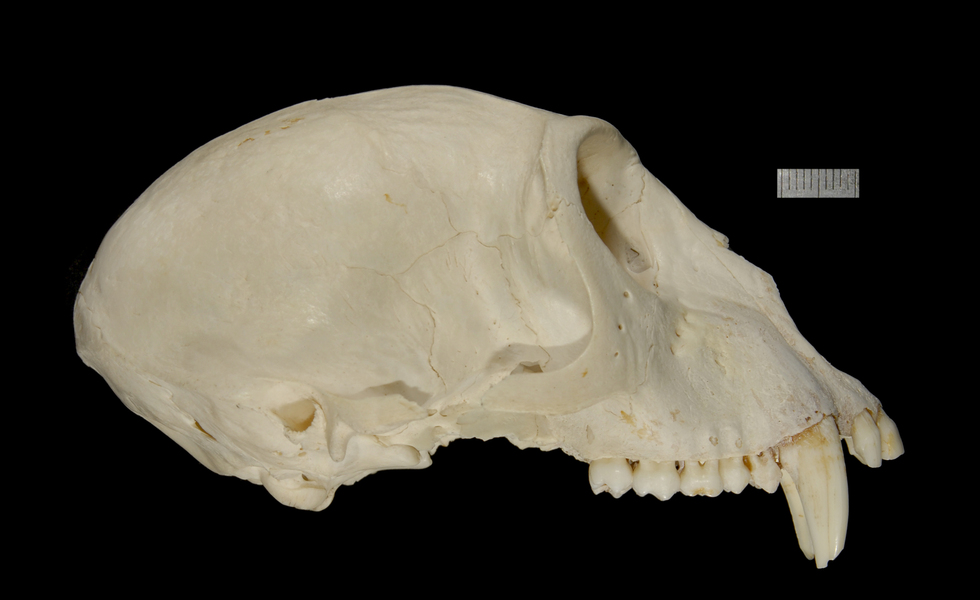
There is a growing call to decolonize curricula in academia, including in scientific disciplines. In the biology classroom, this includes highlighting a diverse array of scientists and illuminating injustice and exploitation carried out by Eurocentric biologists and medical professionals. Despite this general roadmap, literature presenting and assessing classroom modules on decolonizing science is lacking. Here, I present an activity designed to shed light on the deep, historical relationship between natural history collections and the exploitation of slaves and Indigenous peoples and encourage students to critically evaluate how society influences science. Due to COVID-19, this activity was conducted remotely and included two synchronous discussion sessions and three asynchronous homework activities for Mammalogy students. Assignments were evaluated for student outcomes including reflections on their previous educational experiences related to the unjust history of science and engagement with decolonial theory. In the four homework questions in which students could interpret and answer from either a biological or decolonial perspective, 84% of students offered at least one response consistent with decolonial theory. Based on student responses, this three-week module successfully engaged upper-level biology students in decolonial thinking.
Primary image: A blue monkey (Cercopithecus mitis) skull collected from South Africa for the zoology museum collection in 1984. Image courtesy of Phil Myers, animaldiversity.org, Creative Commons.

Katie Weglarz onto for128L
@
on